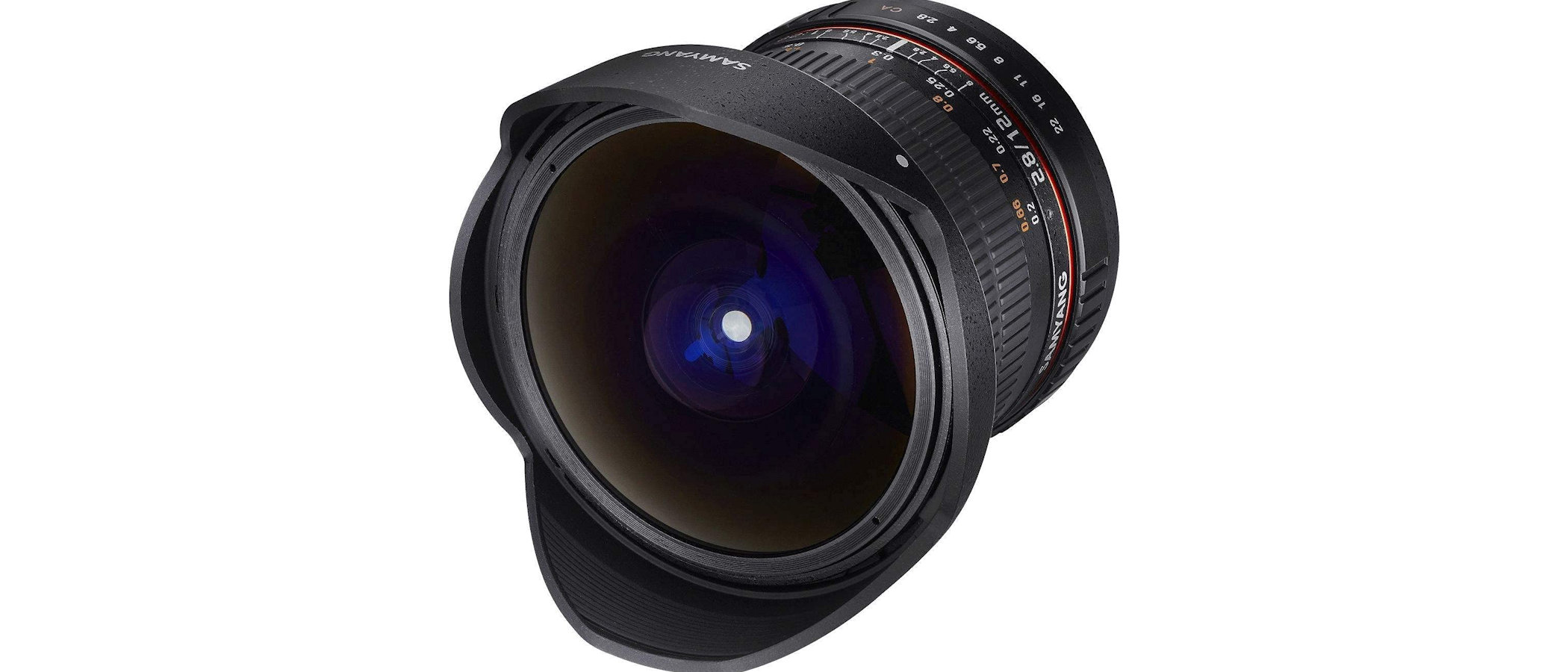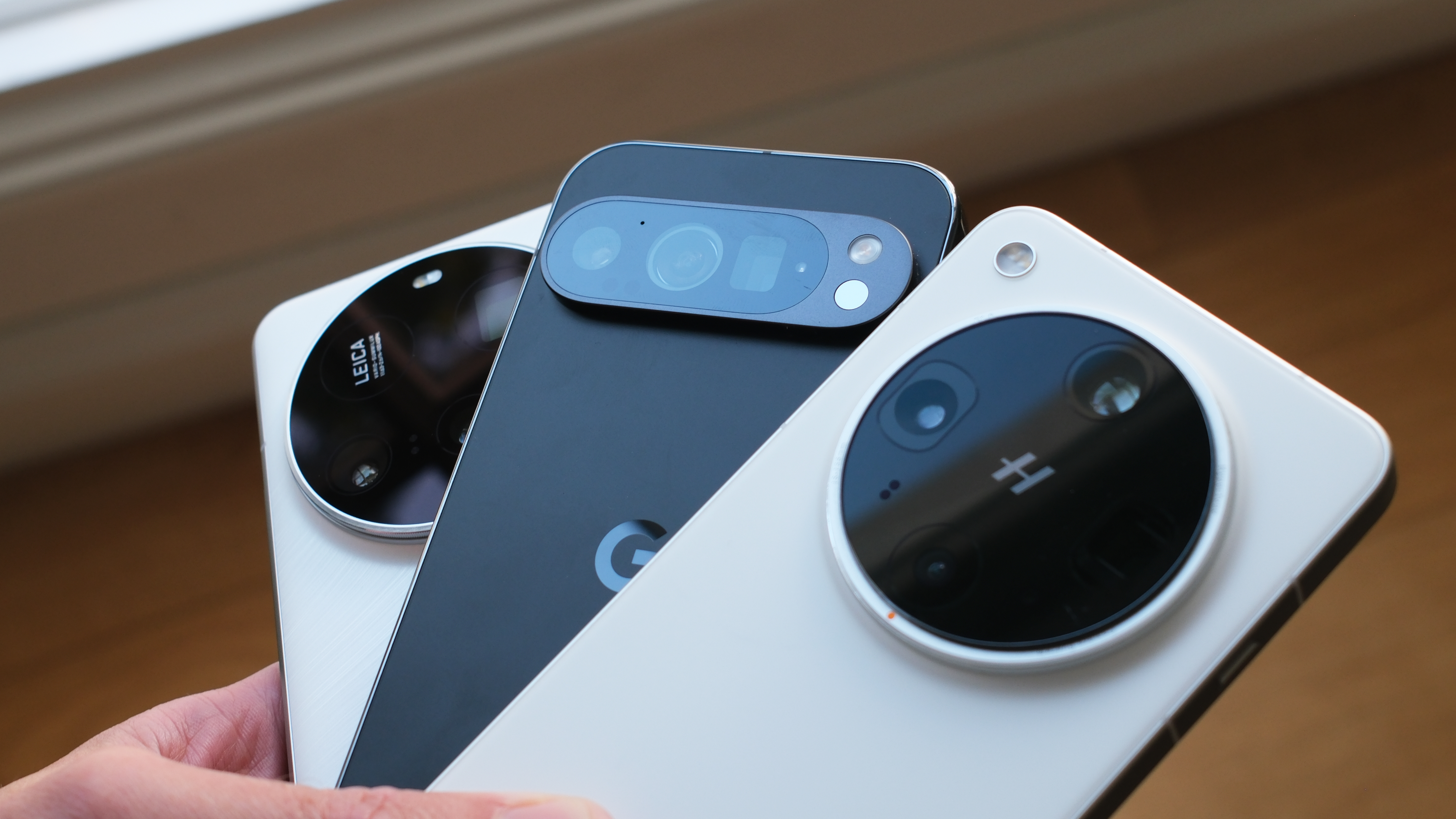Digital Camera World Verdict
A full-frame diagonal fisheye lens that’s available in a wide variety of mount options, the Samyang delivers very good image quality with impressive sharpness, minimal color fringing and impressive resistance to ghosting and flare. It’s a fully manual lens in most cases, only the Nikon F mount version enabling aperture control from the camera body, and thus the full range of PASM shooting modes. The lack of autofocus isn’t a big deal, due to the typically enormous depth of field of fisheye lenses.
Pros
- +
Tough aluminum barrel
- +
Detachable hood
- +
Good resistance to ghosting and flare
Cons
- -
Only the Nikon version has electronics
- -
Not weather-sealed
Why you can trust Digital Camera World
South Korean manufacturer Samyang (also badged Rokinon) manufactures several autofocus lenses for Sony E-mount cameras, plus a couple for Canon and Nikon DSLRs. However, it’s most widely known for its extensive collection of manual-focus lenses, available in a diverse range of mount options. This 12mm diagonal fisheye lens is full-frame compatible but comes in a range of both full-frame and crop-sensor mount options, including Canon EF, Nikon F, Pentax K, Sony A, Canon M, Fujifilm X, Samsung NX, Sony E and Micro Four Thirds.
Specifications
Mount: Canon EF, Nikon F, Pentax K, Sony A, Canon M, Fujifilm X, Samsung NX, Sony E, MFT
Full frame: Yes
Autofocus: No
Stabilization: No
Lens construction: 12 elements in 8 groups
Angle of view: 180 degrees (full-frame)
Diaphragm blades: 7
Minimum aperture: f/22
Minimum focusing distance: 0.2m
Maximum magnification ratio: Unspecified
Filter size: None
Dimensions: 77x70-99mm (mount dependent)
Weight: 500-565g (mount dependent)
Key features
As with most other Samyang manual-focus lenses, only the Nikon-mount edition has built-in electronics to enable camera-driven aperture control and the illumination of focus assist/confirmation lamps. Program AE and shutter-priority shooting modes are therefore only possible with Nikon cameras. With other makes of camera, you need not only to focus manually, but also to adjust the aperture manually via the rear-mounted aperture control ring. A drawback for DSLRs is that the viewfinder image becomes relatively dark when using narrow apertures.
The 12 optical elements include two aspherical and three ED (Extra-low Dispersion) elements. Nano-structure coatings are applied to keep ghosting and flare to a minimum. Given the huge depth of field when shooting with a fisheye lens, the lack of autofocus isn’t a major drawback. An upside is that the focus ring has a relatively long rotational travel, plus depth of field markers for f/2.8, f/4, f/5.6 and f/8. This enables ‘zone focusing’, so you can set the ‘in-focus’ range using the focus distance scale and DOF markers.
Performance
Sharpness is impressive across the whole image frame and the lens does well to keep color fringing to very low levels. The application of Samyang’s NCS (Nano Coating System) is effective in reducing ghosting and flare, the lens performing much better than its sibling 8mm f/3.5 UMC Fish-Eye CS II in this respect.
Example shots
Lab results
We usually run a range of lab tests under controlled conditions, using the Imatest Master testing suite. Photos of test charts are taken across the range of apertures and zooms (where available), then analyzed for sharpness, distortion and chromatic aberrations.
However, due to the relatively small size of test charts and the enormous 180-degree viewing angle of fisheye lenses, it’s impossible for us to generate meaningful lab-test data for them.
Verdict
A full-frame diagonal fisheye lens that’s available in a wide variety of mount options, the Samyang delivers very good image quality with impressive sharpness, minimal color fringing and impressive resistance to ghosting and flare. It’s a fully manual lens in most cases, only the Nikon F mount version enabling aperture control from the camera body, and thus the full range of PASM shooting modes. The lack of autofocus isn’t a big deal, due to the typically enormous depth of field of fisheye lenses.
Read more:
The best camera deals, reviews, product advice, and unmissable photography news, direct to your inbox!
• Best camera lenses to get
• Best Canon lenses
• Best Nikon lenses
• Best Sony lenses
Matthew Richards is a photographer and journalist who has spent years using and reviewing all manner of photo gear. He is Digital Camera World's principal lens reviewer – and has tested more primes and zooms than most people have had hot dinners!
His expertise with equipment doesn’t end there, though. He is also an encyclopedia when it comes to all manner of cameras, camera holsters and bags, flashguns, tripods and heads, printers, papers and inks, and just about anything imaging-related.
In an earlier life he was a broadcast engineer at the BBC, as well as a former editor of PC Guide.





